Can't close mouth after yawning
After a big yawn, Ms. S. (residing in Kim Xuyen, Tuyen Quang province) suddenly felt a sharp pain in her jaw and could not close her mouth normally.
After examination at a local clinic, the doctor determined that Ms. S. had dislocated her temporomandibular joint on both sides. This is a rare condition, but can occur with sudden or excessive movement of the jaw area.
The doctor quickly adjusted the patient's temporomandibular joint dislocation. After a few minutes, Mrs. S's condition improved, her jaw returned to its normal position and she could move without pain. The doctor advised Mrs. S to avoid opening her mouth too wide and to eat soft foods for about 2 weeks to avoid early recurrence.
Also in the same predicament as Mrs. S., after yawning loudly, the 27-year-old man could not close his mouth, his jaws did not fit together when he clenched his teeth, his jaw protruded forward, and it was very painful when he moved.
At Phu Ninh District Medical Center (Phu Tho), after examination, the doctor discovered that the patient had dislocated temporomandibular joints on both sides.
Immediately, the patient received emergency treatment to bring the condyle back to its normal functional position and immobilize the chin and head, and was monitored for 1 hour.
Although rare, bilateral temporomandibular joint dislocations also occur in children. A 13-year-old girl had to be taken to the emergency room at Children’s Hospital 1 (HCMC) at night because she could not close her mouth or drink water after yawning loudly.
The patient's lower jaw was adjusted to its normal position and the chin and head were bandaged, and he was monitored for one hour. After treatment, the child was able to close his mouth and smile normally.
Need timely adjustment
Dr. Calvin Q. Trinh – Director of the HMR Rehabilitation and Physical Therapy Unit – said that the temporomandibular joint acts as a sliding hinge connecting the jawbone to the skull. This is one of the complex joints with movements that move the lower jaw forward, backward and side to side.
Any problem that causes the muscles, discs, ligaments, and bone structures to malfunction is called a temporomandibular joint disorder. The condition causes pain in the mouth and jaw area.
Dislocated jaw, also known as dislocated jaw, occurs when the jaw bone is displaced from its original position. This condition can often occur in people who have had it before, or in people with temporomandibular joint disorders (muscle and ligament relaxation).
The maxillofacial surgeon at Children's Hospital 1 also said that temporomandibular joint dislocation is the loss of normal anatomical correlation between the mandibular condyle and the temporomandibular joint. If not treated promptly, it can easily lead to joint stiffness and irreversible ligament stretching.
When the disease progresses, it will cause damage to the temporomandibular joint: damage to the temporomandibular joint, soften the articular cartilage, then degenerate and can lead to temporomandibular joint adhesion. At that time, the joint ends begin to degenerate, causing adhesion between the articular disc and the bone ends, which can lead to a perforation of the articular disc.
In cases of simple jaw dislocation, without other injuries (ie dislocation of the joint tip from the socket), Dr. Calvin Q. Trinh said that the correction time only takes a few minutes. If the jaw dislocation is severe on both sides, accompanied by other injuries such as inflammation and swelling, it will take more time to treat.
After adjustment, the patient needs to limit strenuous exercise, laughing or yawning, in addition to using pain relievers, anti-swelling drugs, and possibly bandages for additional support and rehabilitation exercises.
Doctors recommend that if you cannot close your mouth after yawning, opening your mouth wide, crying, laughing, etc., you should go to a medical facility immediately for examination and timely treatment.






![[Photo] Students of Binh Minh Primary School enjoy the full moon festival, receiving the joys of childhood](https://vphoto.vietnam.vn/thumb/1200x675/vietnam/resource/IMAGE/2025/10/3/8cf8abef22fe4471be400a818912cb85)
![[Photo] Prime Minister Pham Minh Chinh chairs meeting to deploy overcoming consequences of storm No. 10](https://vphoto.vietnam.vn/thumb/1200x675/vietnam/resource/IMAGE/2025/10/3/544f420dcc844463898fcbef46247d16)


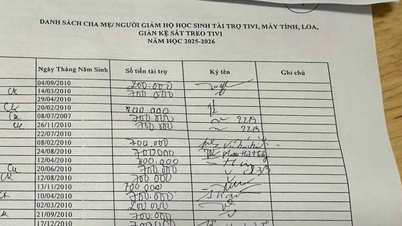





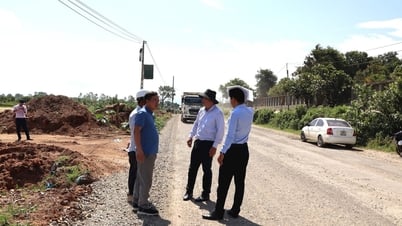



























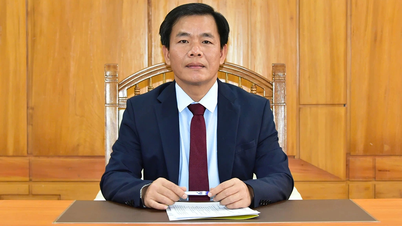







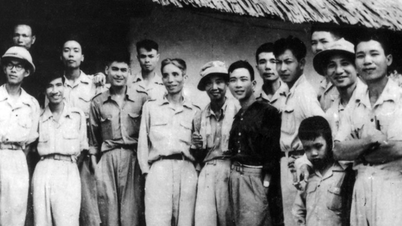

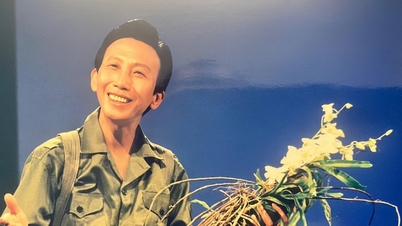













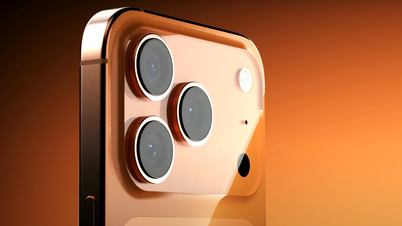







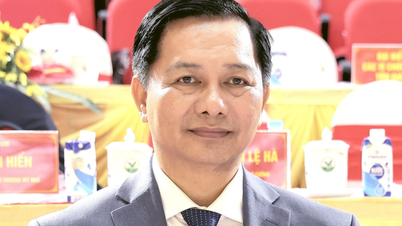












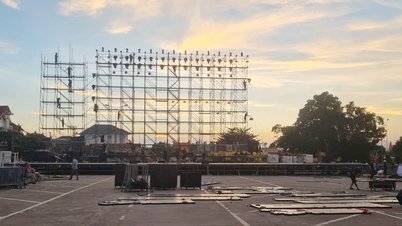



















Comment (0)